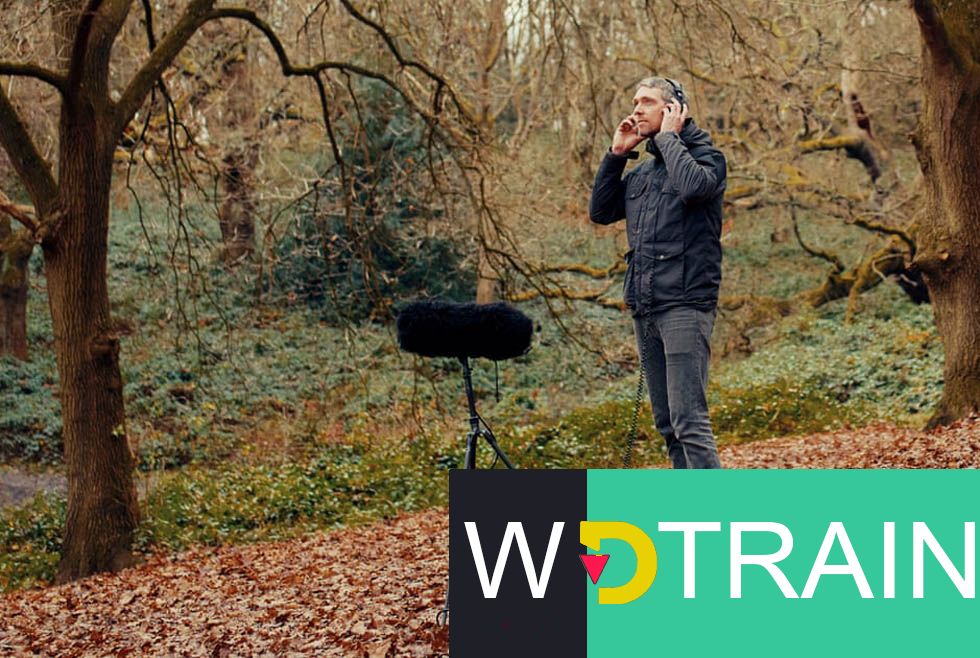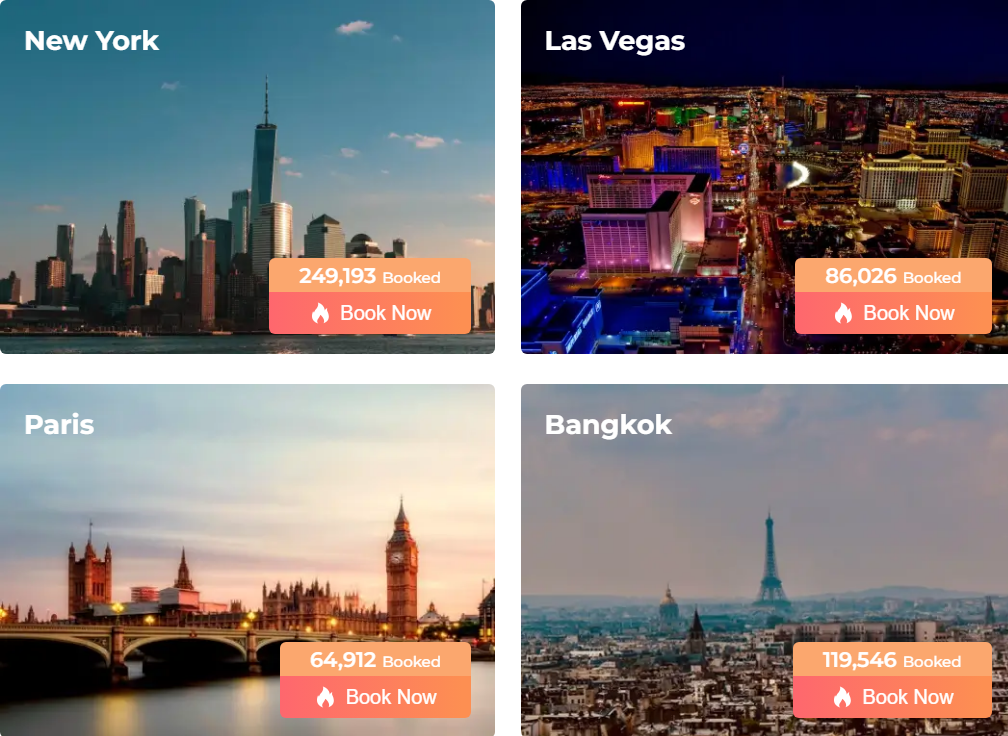Last month, I spent a cold morning wandering around Hampstead Heath, one of London’s largest green spaces, with a sound designer named Nicholas Allan. For many, the Heath is an escape. There are almost 800 acres of it: meadows and woodland, hollows and springs, hills and ponds. It is big and important enough to have its own 12-person constabulary, which upholds the park’s 47 bylaws, including firm restrictions on drone flying and car driving. Locals I know walk dogs in and out of old forests and along curling gravelly pathways. On the few days in summer, when the sun shines on the city, the park becomes so busy it seems to vibrate, festival-like. But for the rest of the year it remains mostly hushed.
In July, Allan awarded the Heath “Urban Quiet Park” status. He was acting on behalf of Quiet Parks International, or QPI, a non-profit based in Los Angeles that is “committed to saving quiet for the benefit of all life”. QPI’s purpose is to identify locations around the world that remain free from human-made noise for at least brief pockets of time. As humanity grows louder, these places are in danger of extinction, the organisation argues, even though they are integral to our wellbeing and to the health of the natural world. Some of the locations already identified, like stretches of the Zabalo River in Ecuador, where quiet might linger for several consecutive hours, are in the wilderness. Remarkably, others are in urban centres. The Heath, which QPI calls “a refuge from the noise of the city” that “has shown it provides the experience of being able to fully immerse oneself within the natural environment”, is one of them.
Allan is QPI’s man in London (he lives in Bristol – close enough), though “I still can’t find my way around the park very well,” he told me. We’d entered the Heath through a southern gate and were ambling up a hill, in no particular direction. When we met, we’d been surrounded by city noise, though it had been difficult to pinpoint exactly where each sound was coming from. “I think of it as a diffuse hum,” Allan said. “A glowing blanket that just sits there, no discernible direction.” I would have described it, less poetically, as a shit heap of sound. But a few hundred metres into the park the noise had dimmed so much we could identify individual notes between moments of near-silence: a helicopter in the distance, a passing conversation between dog walkers, the cries of young schoolchildren in red uniforms playing together in a grassy clearing. It was easier to talk, and to think; we could still see the city, but we couldn’t hear it. “It’s only when you go somewhere really quiet that you realise what was there before,” Allan said.
These days, real quiet is difficult to come by. We’re surrounded by noise almost constantly: the thrum of aeroplanes, the rush of roads, the dings of email and smartphones. Listen now, wherever you are – what do you hear? For me: the whirring of a washing machine, the tip-tapping of laptop keys, my son’s loud crashing and shouting, the brash clicks of a new computer mouse, the machine-sawing of wood in a neighbour’s garden, the brief rise-and-fall roars of cars hurtling past the front of our home.
All of these sounds are common and intrusive and, if persistent, bad for our long-term health. Research has shown that if you live near a busy road you are more likely to develop high cortisol levels, to suffer from hypertension and heart disease, and to become overweight. In a 2012 study, it was estimated that up to 40 million adults in the US suffer from hearing impairment related to excessive noise exposure. The World Health Organization considers noise “one of the most important environmental risks to health.” A 2018 report warned that 1.6m years of life are lost in western Europe as a result of exposure to road noise, which can contribute to other threatening health conditions: a lack of focus, sleep disturbance, a creeping reduction in quality of life.
This would be less worrying if the noises weren’t getting louder. Before the pandemic, the aviation industry was skyrocketing – 4.5 billion passengers boarded flights in 2019, up from 1.5 billion in 1999. Car production continues at pace. Shipping traffic is also increasing. In 2020, the Metropolitan police received 41,212 noise complaints, even though it doesn’t really deal with noise complaints. We are able to recognise loud sounds – the shocking burp of a motorbike, a young child’s yelp – as noticeably intrusive, but the effects of these moments in isolation don’t always add up to much. What is more worrying, and often now so normalised as to be imperceptible, is the implacable din that soundtracks our daily lives, which can lead us unknowingly into ill health.
On the Heath, Allan and I continued walking, up over the crest of a hill, then along a path that began to curl to the right, where there was an area of woodland. Allan pointed around. “If you saw a beautiful landscape and it was peppered with litter, it would be diminished,” he said. “I feel the same way about the sonic landscape.” It’s now difficult to find a litter-free sonic zone anywhere in the UK, he continued. “You can study maps of elevation and roads and flyways to pinpoint potential spots, but often when you do locate a point that’s far enough away from a road, and that doesn’t have too much overhead air traffic, you’ll find there’s some other disturbance, like a tractor ploughing or something.” He sighed, which I took to mean, “How will we ever escape it?” What confuses Allan is why we rage at finding litter on a hillside, but do very little (and sometimes nothing at all) when that same hillside is surrounded by A-roads and railway lines, which blot the landscape in their own way. “To not be able to experience nature without human noise,” he said, “to me that feels like a real loss.”
Which is why he agreed to work on the Heath. Allan spent four days in the park in total, monitoring decibel levels. To pass the QPI test, noise levels must remain below 40 decibels, similar to the hush of a library, for at least an hour. That level can be breached eight times, but only by noises up to 60 decibels – nothing louder than the whir of an electric toothbrush. This standard is an outline, Allan said – every now and then you have to go with your gut. (The rustling of leaves shouldn’t be considered a disturbance, Allan thinks, even if it exceeds decibel limits.) Sometimes during a recording a dog would bark, or an aeroplane would fly low overhead, or parakeets would squawk from trees, sending decibel levels soaring. But mostly he was able to record quiet for the necessary stretches of time, and the Heath was given its award.
Though many of us drive, and fly, and listen to music, and turn the volume of our TVs up very high, and drill and saw and hammer, and live in busy cities, which are relentlessly loud, we do seem to broadly understand that too much noise is bad for us. To escape, some turn to wellness practices – meditation, sensory-deprivation tanks, silent retreats – which have turned quiet into a consumable product. A new acquaintance of mine, a London vicar, recently told me he goes on silent retreats three times a year, to “discover stillness”. I remember thinking, if a vicar is surrounded by so much noise he seeks sanctuary, shouldn’t we all?
One of QPI’s missions involves bringing “quiet to all”, a nod to the fact that wellness practices can be expensive and exclusive, and that quiet should be available to everyone as an essential ingredient of being alive, like clean water and clean air.
QPI was founded by Gordon Hempton, an acoustic ecologist, who lives in Seattle. We speak one day over Zoom, while Hempton walks a trail near to Olympic National Park, a vast wilderness in the Pacific Northwest. When I ask him about the commodification of silence, he says, plainly, “The more scarce it becomes, the more valuable it becomes.” A decade ago, Hempton was able to record hours of consecutive silence in Olympic National Park. Even then, he warned land owners the noise was coming. “The most common response we’d get was, ‘Why do we need to save something that will never be endangered?” he says. “They couldn’t imagine how they could ever have an issue with noise pollution.” Recently, Hempton realised he could now only record 15 minutes of quiet in the park before some human-made noise interjected.
This is bad news for wildlife, which relies on quiet to communicate. But it is also bad news for us. Studies have shown that experiencing quiet can reduce stress and anxiety, bring down heart rate and blood pressure, improve mood, cognitive ability and concentration, and increase pro-social behaviours, such as generosity and trust. It is helpful to experience silence in long periods, though every little helps – a 2006 study found that even a minutes-long session can be beneficial.
Five years ago, after the birth of our first child, my wife and I moved from central London to a quiet town on the edge of the Chiltern Hills. When we’d arrived in London, a decade earlier, we’d been surprised, naively, by the noise – the unending whir of it, its eternal presence – and we joked we wouldn’t be able to fall asleep. When we left, we worried the calm of our new environment would now keep us awake, its nothingness startling. I began to experience the quiet as a void. Was life passing me by? When, not long after we moved, my wife became seriously unwell, and an additional, enforced quiet descended on our home for months, I found it too much to bear. I remember worrying about the situation to my sister, who said, correctly, “People normally complain about the noise, not the lack of it.”
Hempton is aware silence can be frightening to those who are out of practice at embracing it. To that end, the pandemic has been helpful, he says. “Quiet is no longer a word that has no experience. The whole world got to experience what we’d been missing. And initially, of course, it was alarming: ‘Why are things different?’ ‘What’s going to happen next?’ But now we’re beginning to emerge, we can reflect on how there were aspects of that quiet that made us healthier, made us more aware of who we are and what we believe in, what we want to do.”
To not be able to experience nature without human noise feels to me like a real loss
On the Heath, Allan told me that, at the beginning of the pandemic, “several friends commented on suddenly being able to hear birdsong near to their homes.” For a while, they speculated as to whether there were more birds that year. “I think it’s just accepted now that that acute hum had dropped, and you could suddenly hear into the distance.”
“Like now?” I said.
We were walking past a small knot of trees. Around us was birdsong and the sound of shaking leaves.
“It’s actually quite noisy today,” Allan said. “There’s that strange noise. I’m not sure what it is. Can you hear that?” He waved his hands in the direction of the park boundary. In the distance there was a steady, specific low-level drone, similar to an aeroplane’s rumble but closer to earth.
“What is that?” he said. “A drill?”
We continued walking, first up a hill to a muddy brow, and then on into woodland. Once we were surrounded by trees, the drone was less present. “As we walk further into the park, it’s slowly nurturing our inner stillness,” Allan said. “Or hopefully it is.” In the woodland we came to a depression, a big green-brown bowl, and when we reached the bottom the drone was all but gone. I looked up and saw an aeroplane but couldn’t hear it, then mentioned that it seemed as though we could have been deep in the countryside now, rather than in the middle of a city. Allan nodded. This is what it had been like when he visited the park previously: quiet, save for the rustling of leaves, the soft-crunch of walkers’ footsteps, the odd flyover. Then a crow called so loudly it resembled a dog’s bark, startling us both.
“That wouldn’t be considered a disturbance,” Allan said. “That’s part of the natural soundscape. People seem to be in agreement that that’s calming.”
Moments later, a chainsaw began to rev, shocking more crows out of the trees. Allan seemed disheartened – there had been no chainsaws when he was making the QPI recordings. Up ahead, three park employees were cutting down large branches and laughing. We walked towards them, closer to the noise, and then in a different direction, away from the sound. Allan was frowning. “We’d never have complete silence,” he said, by way of explanation. “There would always be something.” Then he said, “It really does feel quite noisy.”






